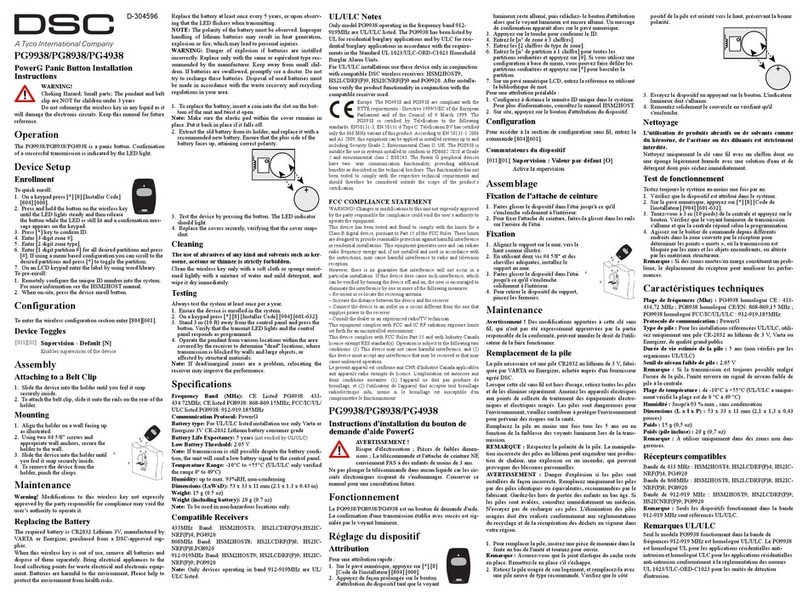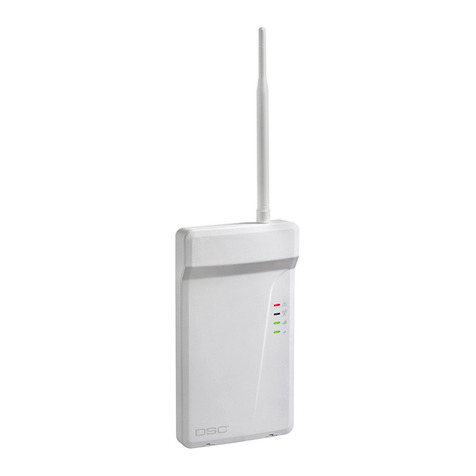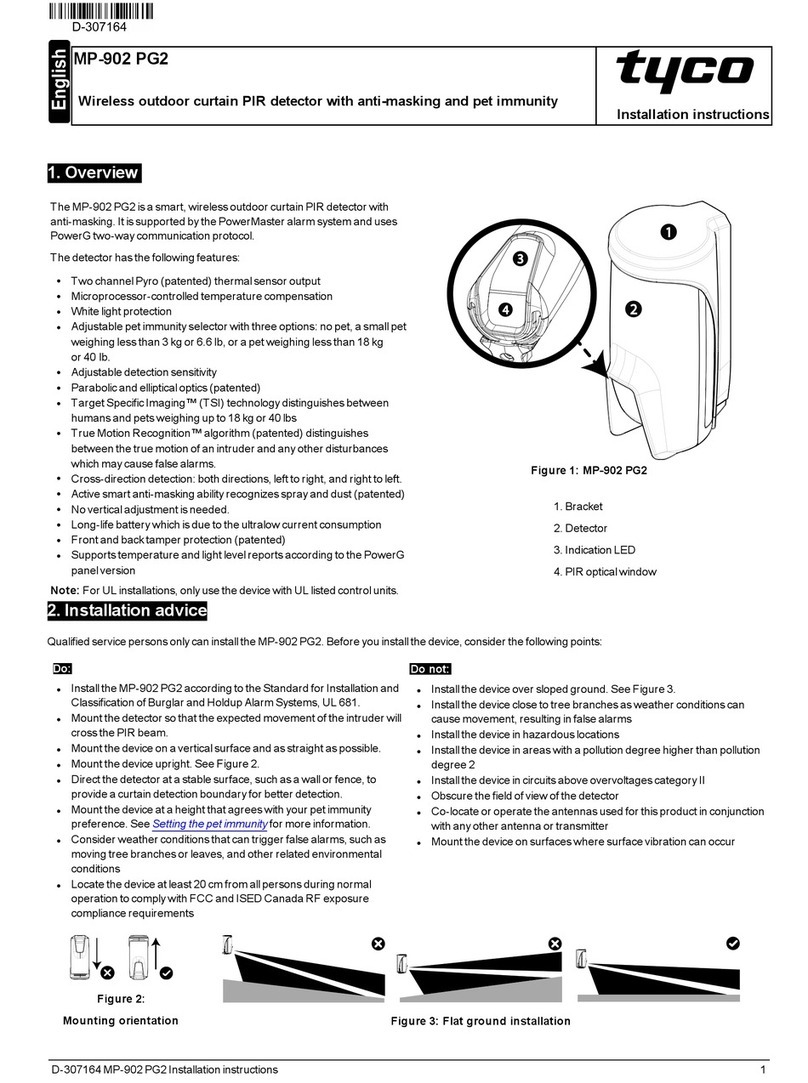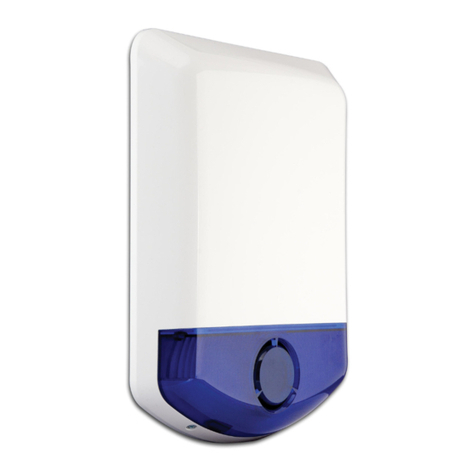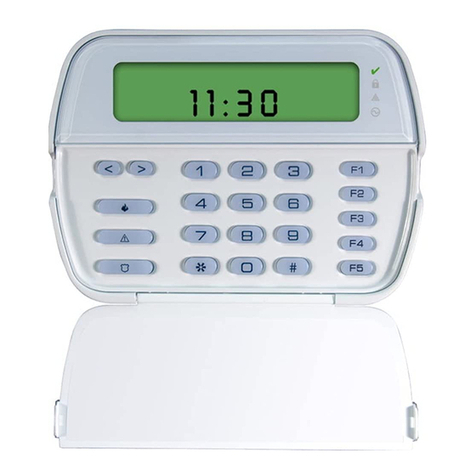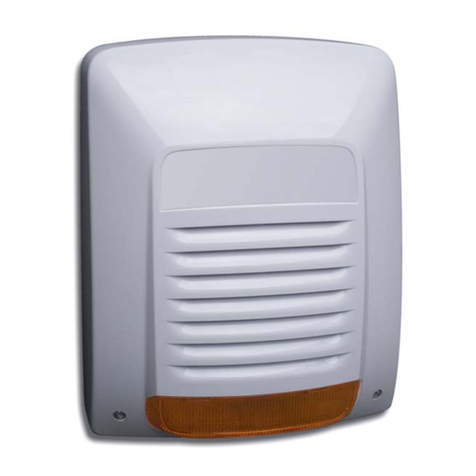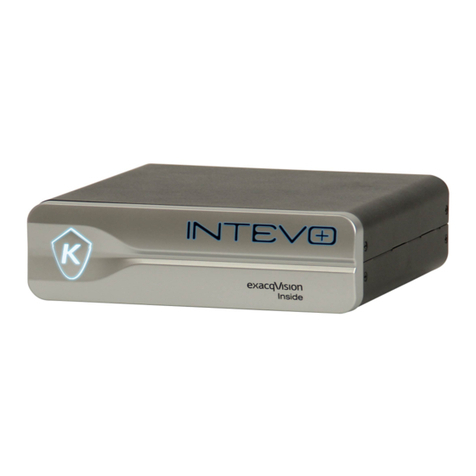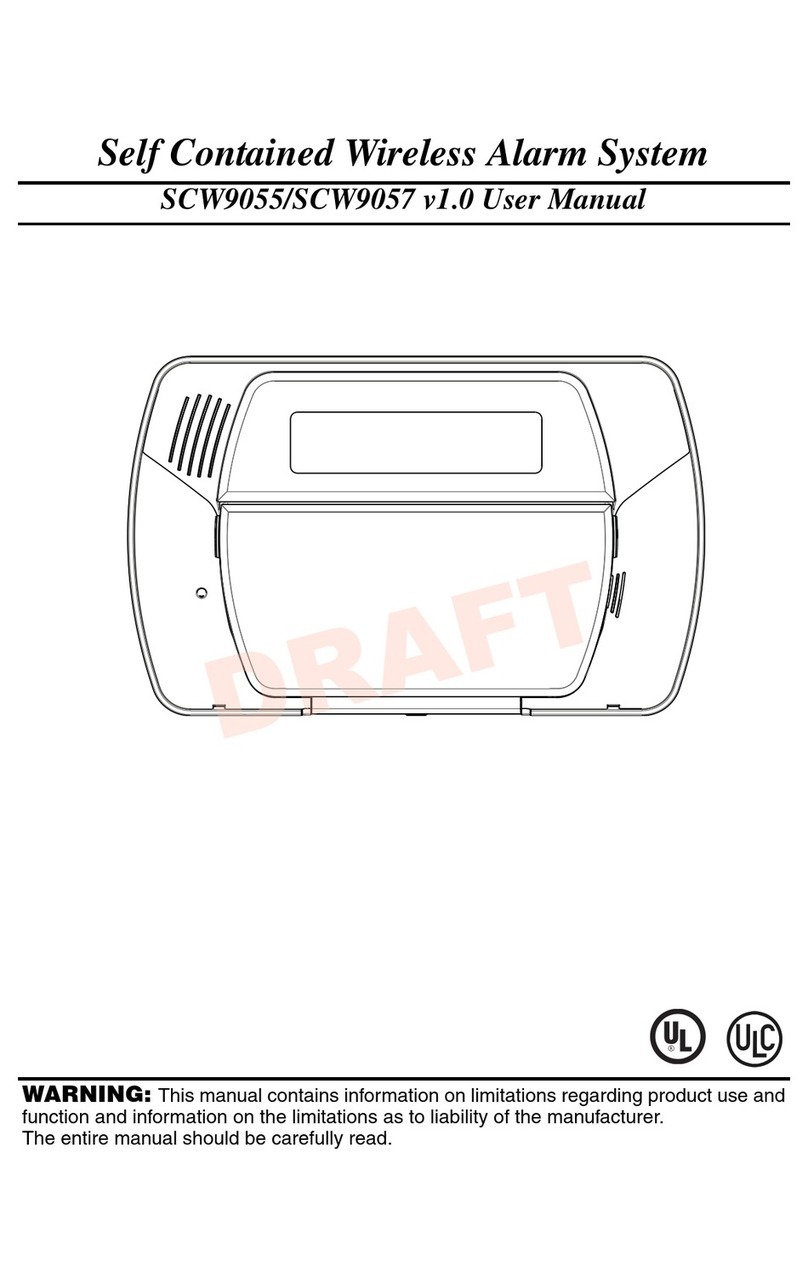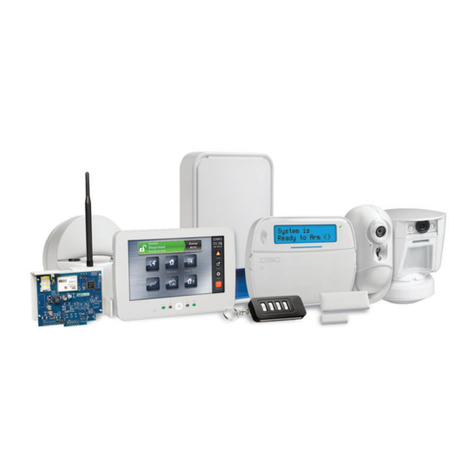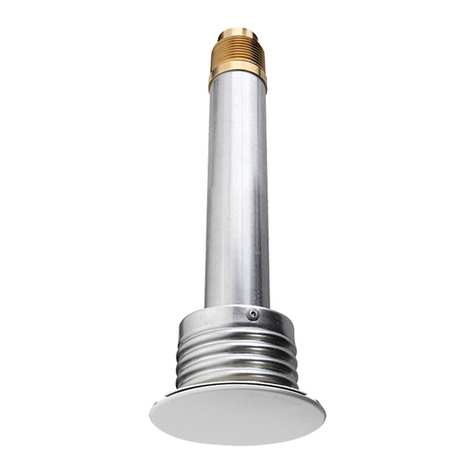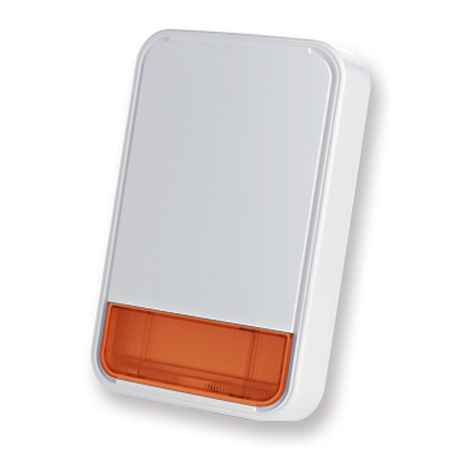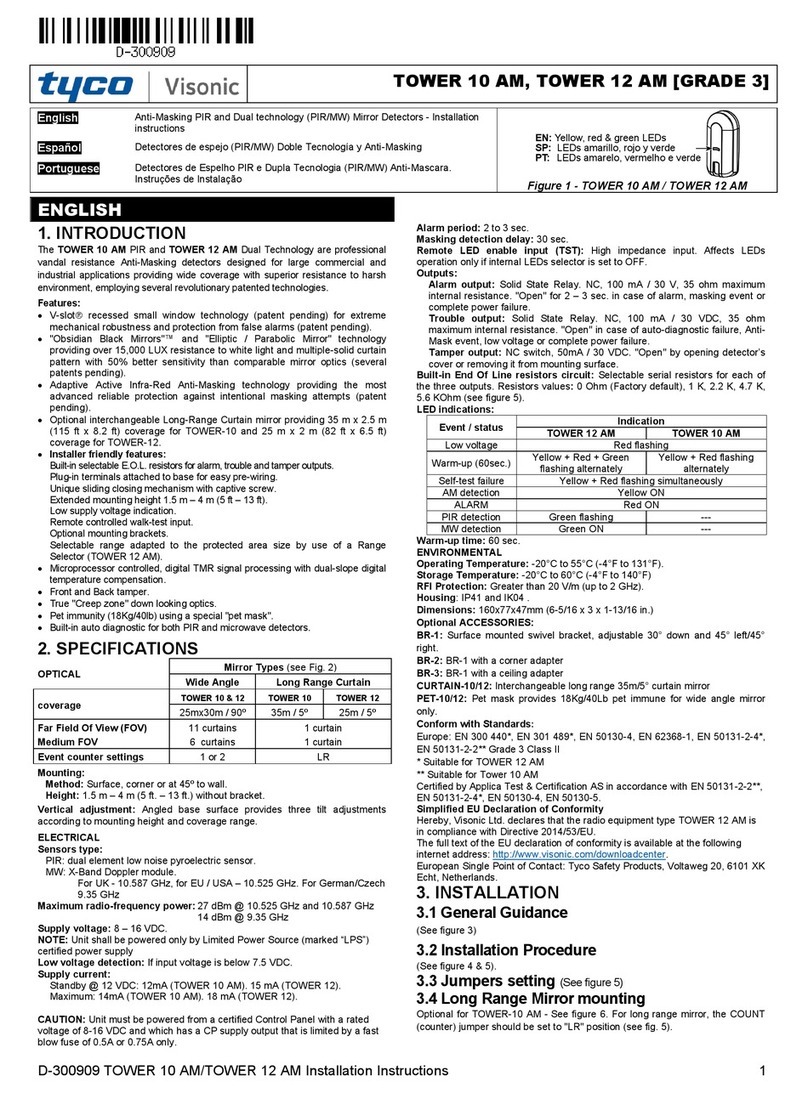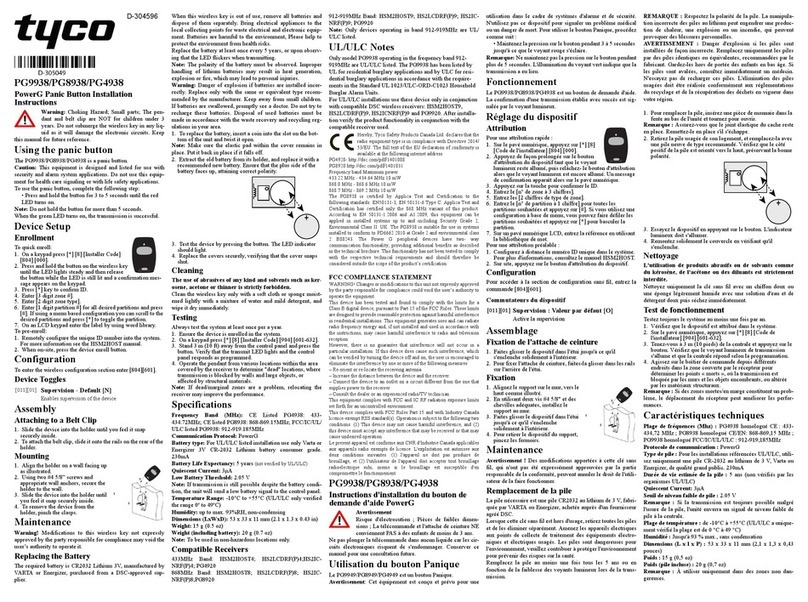
PowerSeries Pro Installation Guide
PowerG wireless 4-button securtiy panic keyfob PGx929UL / PGx939UL
Central Station Receivers
SG-System I, II, III, IV, 5
Safety instructions for service personnel
Warning: When using equipment connected to the telephone network,
always follow the basic safety instructions provided with this product.
Save these instructions for future reference. Inform the end-user of the
safety precautions that must be observed when operating this equipment.
Before installing the equipment
Ensure your package includes the following items:
lInstallation and User manuals, including the safety instructions.
lRead and save these instructions.
lFollow all warnings and instructions specified within this doc-
ument and/or on the equipment.
lHS3032/HS3128/HS3248 alarm controller
lPower Supply, direct plug-in
Selecting a suitable location for the alarm controller
Use the following list as a guide to find a suitable location to install this
equipment:
lLocate near a telephone socket and power outlet.
lSelect a location free from vibration and shock.
lPlace alarm controller on a flat, stable surface and follow the
installation instructions.
lDo not locate this product where people may walk on the sec-
ondary circuit cable(s).
lDo not connect alarm controller to electrical the same circuit as
large appliances.
lDo not select a location that exposes your alarm controller to dir-
ect sunlight, excessive heat, moisture, vapors, chemicals or dust.
lDo not install this equipment near water. (e.g., bath tub, kit-
chen/laundry sink, wet basement, near a swimming pool).
lDo not install this equipment and accessories in areas where risk
of explosion exists.
lDo not connect this equipment to electrical outlets controlled by
wall switches or automatic timers.
lAvoid interference sources.
lAvoid installing equipment near heaters, air conditioners, vent-
ilators, and refrigerators.
lAvoid locating equipment close to or on top of large metal objects
(e.g., wall studs).
lSee "Locating detectors and escape plan" on page 26 for inform-
ation on locating smoke and CO detectors.
Safety precautions required during installation
lNever install this equipment and/or telephone wiring during a light-
ning storm.
lNever touch uninsulated telephone wires or terminals unless the
telephone line has been disconnected at the network interface.
lPosition cables so that accidents can not occur. Connected cables
must not be subject to excessive mechanical strain.
lUse only the power supply provided with this equipment. Use of
unauthorized power supplies may cause damage.
lFor direct plug-in versions, use the power supply module sup-
plied with the device.
Warning: This equipment has no mains on/off switch. The plug of the
direct plug in versions of this equipment is intended to serve as the
disconnecting device. It is imperative that access to the mains plug and
associated mains socket/outlet is never obstructed. For permanently
connected versions of this equipment the fuse in the connector block is the
disconnect device. If the neutral wire cannot be identified, then this
equipment must be connected to a mains source that comes from a
disconnect device that simultaneously disconnects both poles (Line and
Neutral).
Important note for international market (EU, Australia, New
Zealand)
This equipment is stationary-fixed and must be installed by Skilled
Persons only. Skilled Person is defined as a person with relevant
education or experience to enable him or her to identify hazards and to take
appropriate actions to reduce the risks of injury to themselves and others.
lIt must be installed and used within an environment that provides
the pollution degree max 2, over voltages category II, in non-haz-
ardous, indoor locations only.
lUse authorized accessories only with this equipment. Do not place
any object on the top of the cabinet of this equipment! Do not spill
any liquids on the cabinet.
lDo not touch the equipment and its connected cables during an
electrical storm; there may be a risk of electric shock.
lEnsure that cables are positioned so that accidents cannot occur.
Connected cables must not be subject to excessive mechanical
strain. Do not use the Alarm system to report a gas leak if the sys-
tem is near a leak.
lThese safety instructions should not prevent you from contacting
the distributor and/or the manufacturer to obtain any further cla-
rification and/or answers to your concerns.
Installation
Compatible Enclosures
The PowerSeries Pro main board can be installed in the following
enclosures:
lModel HSC3010C (hinged door) made of 18 Ga steel, painted
white, dimensions 372 mm x 412 mm x 114 mm, weight: 9.75 lb
or 4.2 kg
lModel HSC3010CR (hinged door) made of 18 Ga steel, painted
red, dimensions 372 mm x 412 mm x 114 mm, weight: 10.0 lb or
4.5 kg
lModel HSC3030CAR (hinged door) made of 18 Ga steel (base)
and 16 Ga (door), painted white, dimensions 375 mm x 412 mm x
114 mm, weight: 11.45 lb or 5.2 kg
lModel HSC3020C (removable door) made of 18 Ga steel, painted
white, dimensions 459 mm x 414 mm x 103 mm, weight: 4.3 kg
(no batteries)/12 kg (17 Ah)
lModel HSC3020CP (removable door) made of PC-ABS, color
white, dimensions 368 mm x 489 mm x 108 mm, weight: 2.3 kg
(no batteries)/7.7 kg (17 Ah)
The equipment enclosure must be secured to the building structure before
operation. Use 4 screws (appropriate for the wall material on which it is
attached) inserted through the four mounting holes provided in the back of
the enclosure base.
For EN50131-1 Grade 2 or Grade 3 compliant installations use only
models HSC3020C and HSC3020CP.
All enclosures are UL/ULC listed, except the HSC3020CP. Do not use
model HSC3020CP in UL/ULC certified installations.
Mounting the enclosure
This section provides basic instructions for wall-mounting the available
PowerSeries Pro enclosures. Mount in a dry location, near an unswitched
AC power source and Ethernet and phone connections. If mounting on
drywall, ensure all four screw holes align with wall studs.
Complete all wiring before applying AC or connecting the battery.
Note: The weight of the enclosure and contents cannot be supported by
drywall only. Use mounting hardware sufficient to support up to three
times the panel weight, including equipment, cables, conduit and hardware
- 2 -

